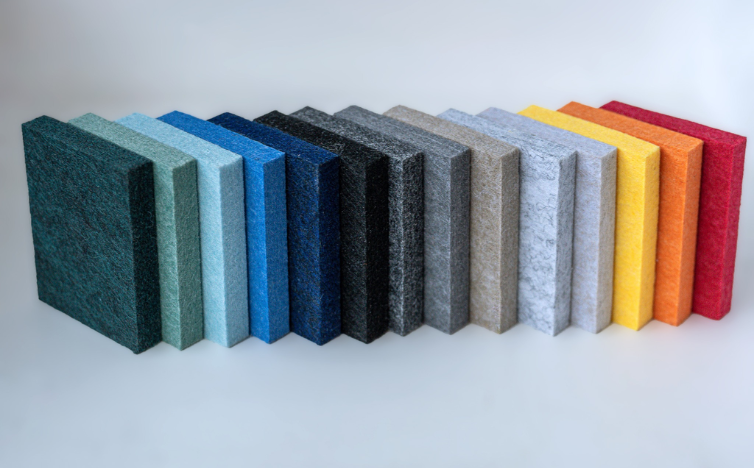Acoustic panels play a crucial role in reducing noise and improving sound quality in various environments. However, their effectiveness depends largely on acoustic panel thickness. This guide will help you determine the right thickness for your specific needs.
Understanding Acoustic Panel Thickness
The thickness of an acoustic panel affects its ability to absorb sound waves. Thicker panels generally absorb more low-frequency sounds, while thinner panels are better suited for mid-to-high frequencies.
Common Thickness Options and Their Uses

- 1-Inch Panels
- Best for absorbing high-frequency sounds such as voices and sharp noises.
- Suitable for offices, classrooms, and small studios.
- 2-Inch Panels
- Offers balanced absorption for both mid and high frequencies.
- Ideal for conference rooms, podcast studios, and home theaters.
- 3-Inch Panels
- Provides better absorption of mid-to-low frequencies.
- Great for music studios and home recording setups.
- 4-Inch or Thicker Panels
- Excellent for deep bass and low-frequency noise reduction.
- Used in professional recording studios and industrial spaces.
How to Choose the Right Acoustic Panel Thickness
- For speech clarity → 1-2 inches
- For balanced sound absorption → 2-3 inches
- For bass-heavy environments → 3-4 inches or more
Call us: Contact DeSound Soundproofing Expert in Dubai For Soundproofing: +971 56 231 4204
Final Thoughts
The ideal thickness for your acoustic panels depends on your specific soundproofing needs. For general noise control, 2-inch panels work well, but for better bass absorption, thicker panels are recommended. Choose wisely to create an optimal acoustic environment.

